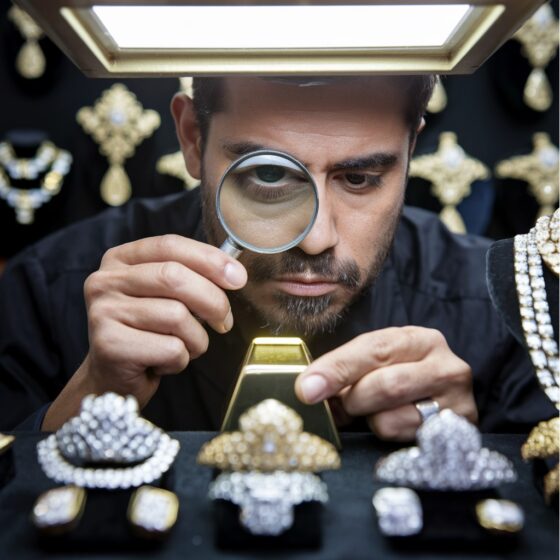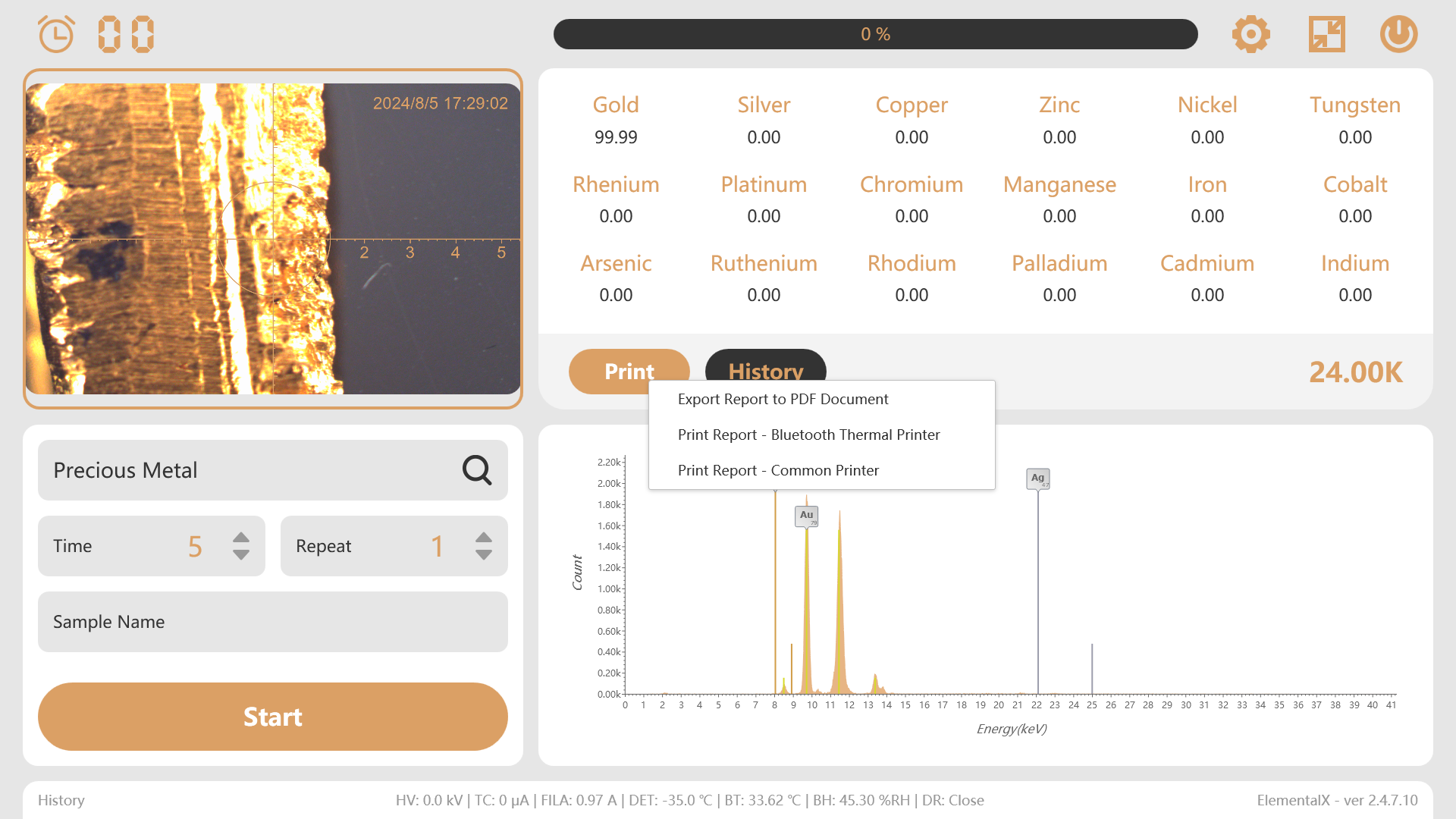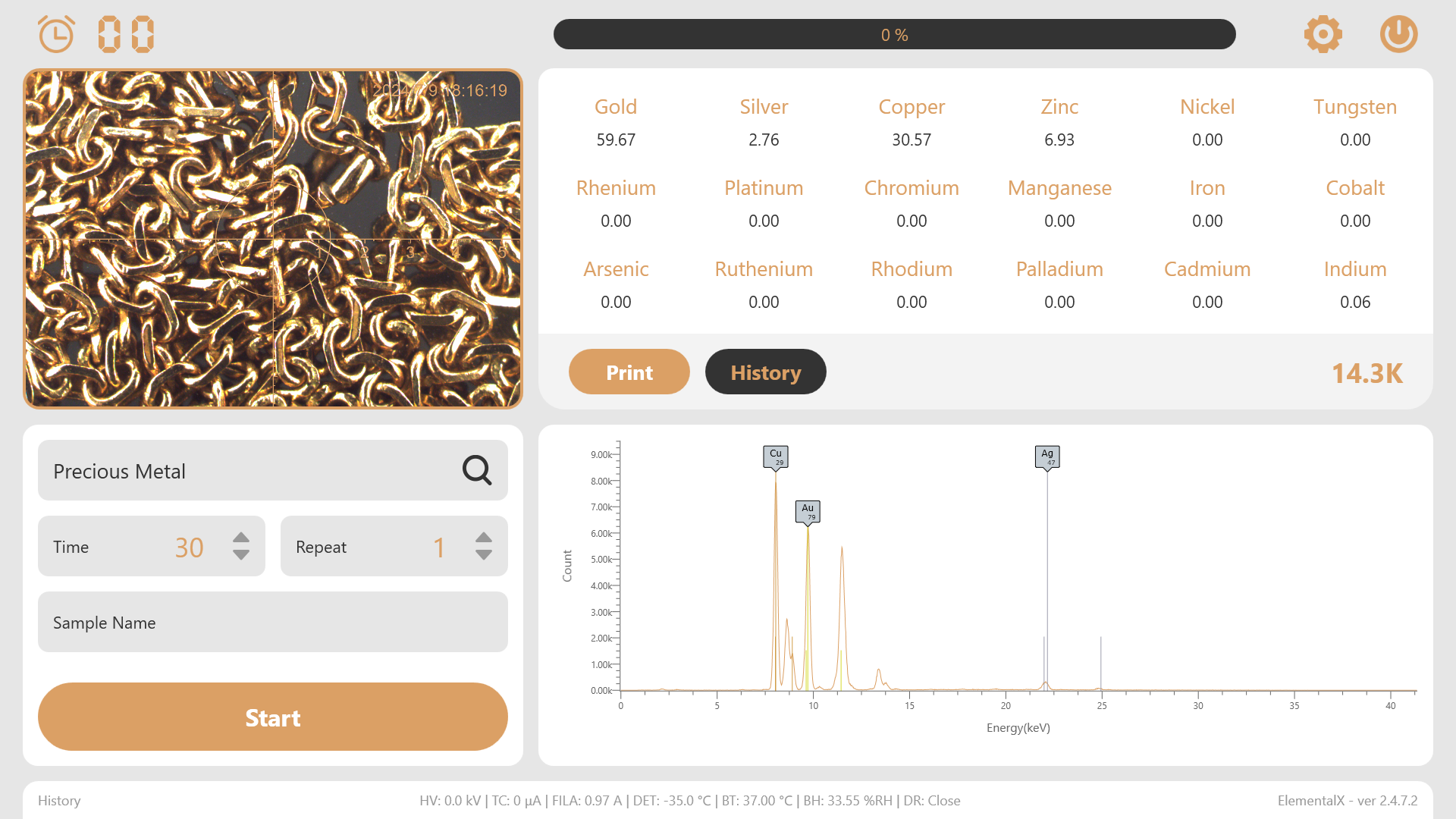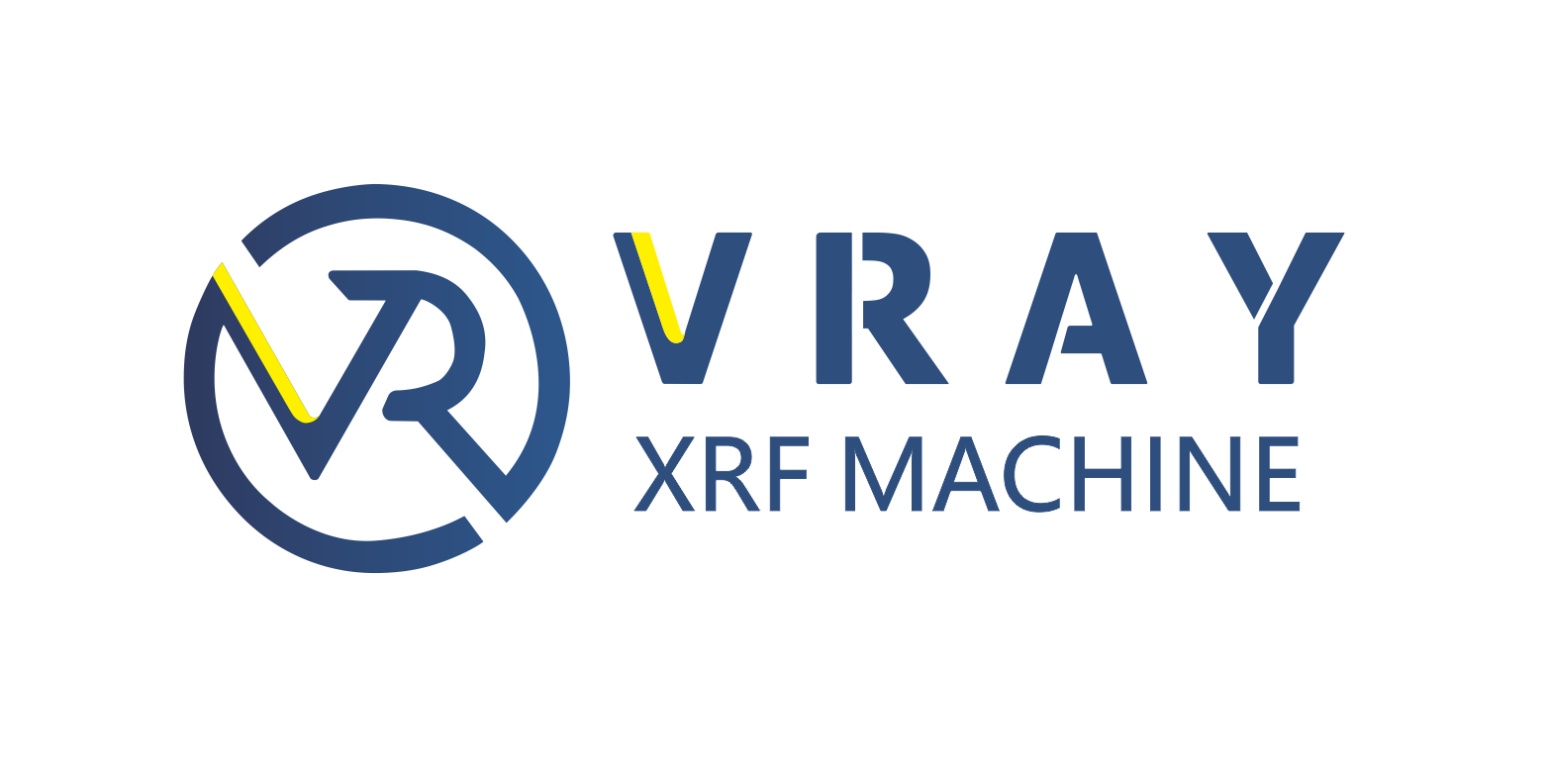Analyseurs XRF: L’arme secrète des joailliers et des négociants en métaux précieux
Dans le monde trépidant de la joaillerie, le négoce de l’or, et recyclage des métaux précieux, La précision et l’efficacité ne sont pas négociables. Que vous vérifiiez la pureté d’un collier en or vintage, Évaluation de l’argenterie d’un client, ou la négociation d’un achat d’or en vrac, Un outil de pointe révolutionne l’industrie: Fluorescence X (XRF) Spectromètres. Voyons comment cette technologie peut renforcer votre entreprise et renforcer la confiance de vos clients.

Qu’est-ce qu’un spectromètre XRF ??
Un analyseur XRF est un appareil portatif ou de paillasse qui utilise les rayons X pour déterminer la composition chimique des matériaux :sans les endommager. Quand les rayons X frappent un échantillon, Ils font en sorte que ses atomes émettent des signaux fluorescents uniques. En mesurant ces signaux, L’appareil identifie les éléments (comme l’or, platine, argent) et leurs concentrations en quelques secondes.
Pour les bijoutiers et les négociants en métaux précieux, Cela signifie instant, Réponses fiables aux questions critiques: Cette bague en or 18 carats est-elle authentique ?? Cette pièce ancienne contient-elle le pourcentage revendiqué de platine ??
Pourquoi la XRF change la donne pour votre entreprise
1️⃣ Essais non destructifs
Dites adieu au dépôt, grattage, ou des tests acides qui abîment des articles délicats. Les analyseurs XRF quittent les bijoux, pièces, et artefacts Complètement intact, préserver leur valeur et leur esthétique.
2️⃣ Vitesse et précision
En moins de 10 Secondes, un appareil XRF peut:
- Mesurer la pureté de l’or (carat) avec une précision de niveau laboratoire.
- Détecter les métaux contrefaits (Par ex., lingots d’or remplis de tungstène).
- Identifier les compositions d’alliages dans les déchets recyclés.
Cette vitesse vous permet de tester les articles sur place lors des transactions, Renforcer la confiance des clients et conclure des affaires plus rapidement.
3️⃣ Démasquer les risques cachés
Les fraudeurs deviennent de plus en plus intelligents. Par exemple, Le tungstène plaqué or ou l’argent rhodié peuvent tromper les tests traditionnels. La fluorescence X pénètre dans les couches superficielles pour révéler Composition réelle, Protéger vos profits et votre réputation.
4️⃣ La polyvalence au-delà de l’or
Les analyseurs XRF fonctionnent de manière transparente sur les métaux précieux (UA, Ag, Pt, Pd) et même détecter des éléments dangereux comme le plomb ou le cadmium dans les bijoux importés, une préoccupation croissante pour la conformité réglementaire.
Applications concrètes pour les bijoutiers et les commerçants
- Contrôle qualité: Vérifier la pureté des matières premières ou des pièces finies entrantes.
- Évaluation des déchets: Fixez avec précision le prix de la ferraille d’or/argent en fonction de la teneur exacte en métal.
- Authentification: Confirmez que les bijoux anciens ou les pièces de monnaie rares ne sont pas des contrefaçons intelligentes.
- Transparence des clients: Montrez aux clients les résultats des tests en temps réel pour renforcer la confiance.


Déboulonner les mythes sur la technologie XRF
- Mythe: « Les appareils XRF sont compliqués. »
Vérité: Les analyseurs modernes sont conviviaux, Avec des écrans tactiles intuitifs et des paramètres préchargés pour des tâches courantes telles que l’analyse de carats. - Mythe: « Ils ne sont destinés qu’aux grands laboratoires. »
Vérité: Compact, Les modèles portables sont parfaits pour les vitrines, prêteurs sur gages, ou des expertises sur place. - Mythe: « Les radiations sont une préoccupation. »
Vérité: Les dispositifs de sécurité garantissent que l’exposition est négligeable, bien en deçà des limites réglementaires.
Choisir le bon analyseur XRF
Lors de la sélection d’un appareil, prioriser:
- Portée élémentaire: Assurez-vous qu’il couvre tous les métaux précieux que vous manipulez.
- Options d’étalonnage: Recherchez des modes spécifiques au carat (Par ex., 14K, 18Or K).
- Communication des données: Générer des certificats partageables pour les clients ou les audits.
Conclusion: Gardez une longueur d’avance sur un marché concurrentiel
Dans un secteur où les marges dépendent de la confiance et de la précision, Les spectromètres XRF ne sont plus un luxe, ils sont une nécessité. En investissant dans cette technologie, Vous:
- Réduire les erreurs coûteuses.
- Rationalisez les opérations.
- Positionnez votre marque comme un, Expert féru de technologie.
Prêt à voir la différence? [Contactez-nous] dès aujourd’hui pour explorer des solutions XRF adaptées à votre entreprise et laisser la science contribuer à votre succès.
 VRAY Instrument Limitée
VRAY Instrument Limitée

